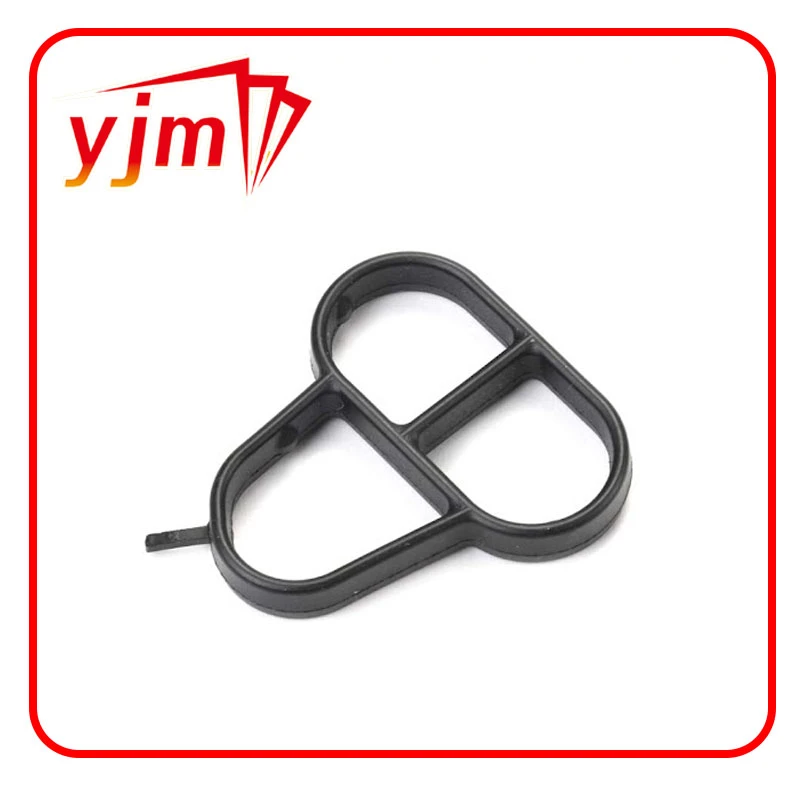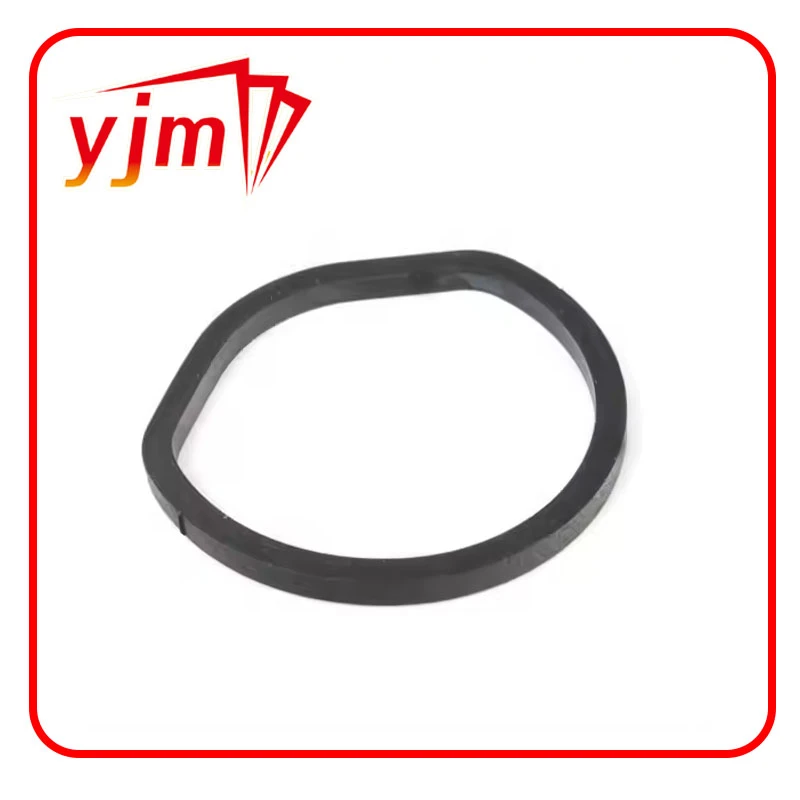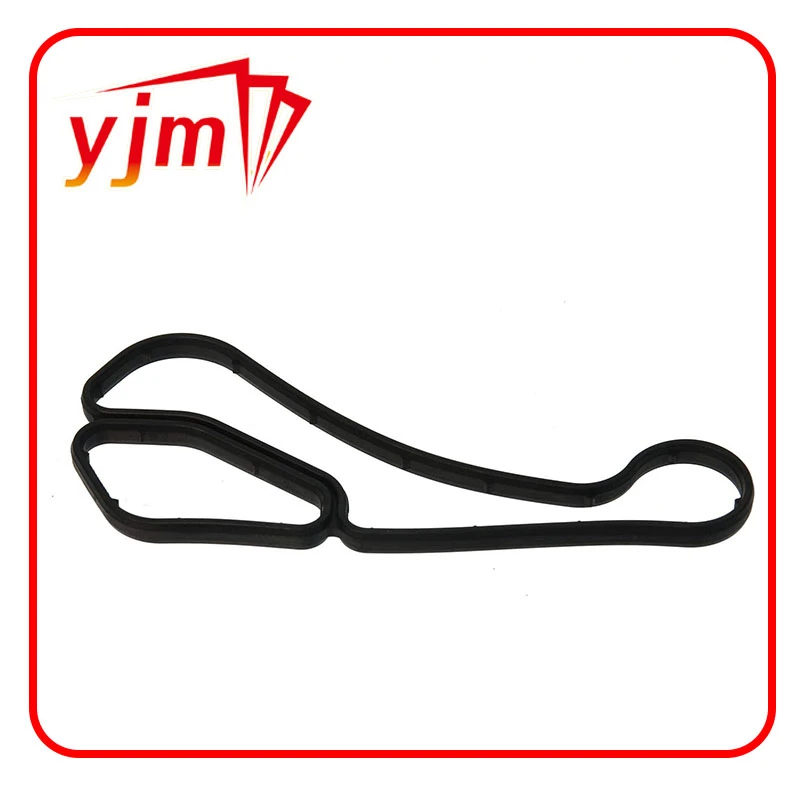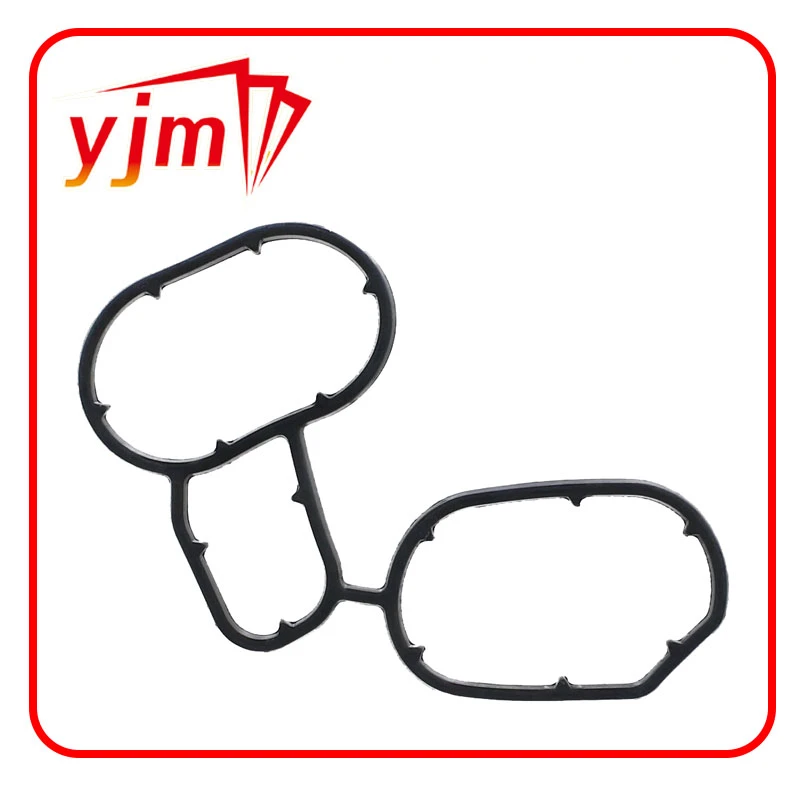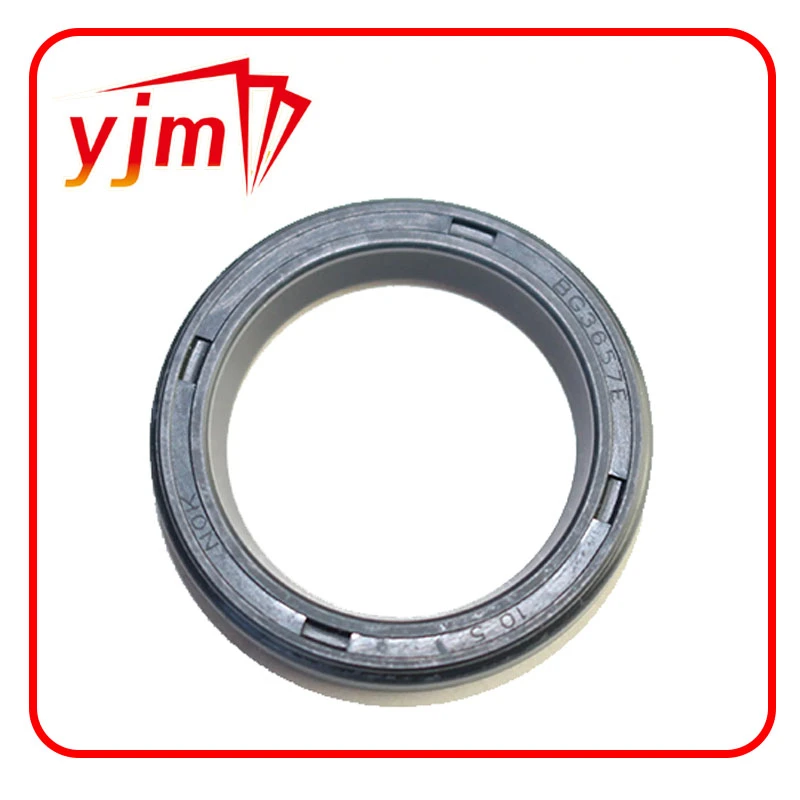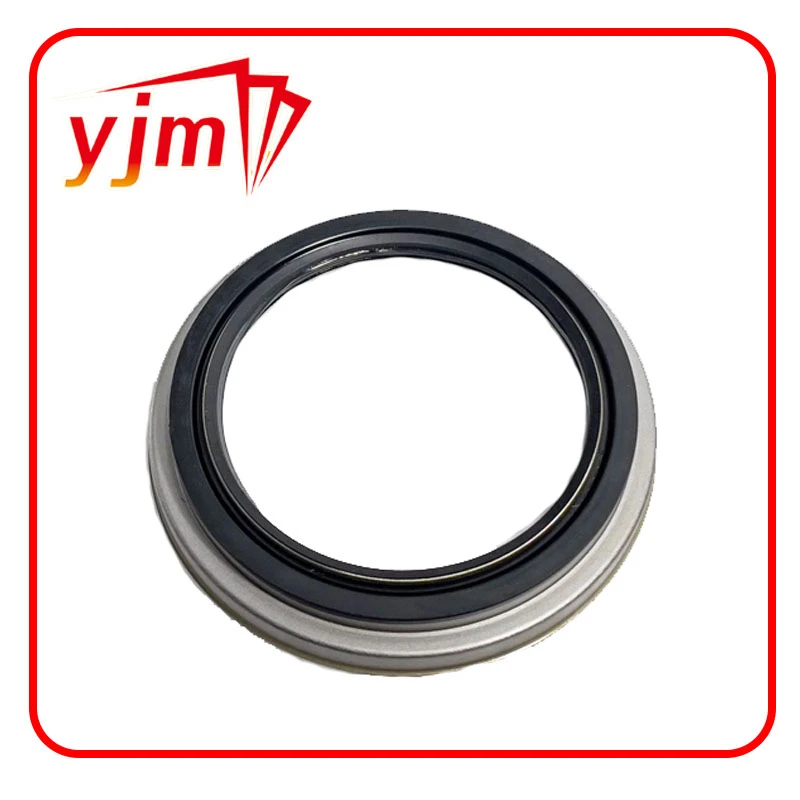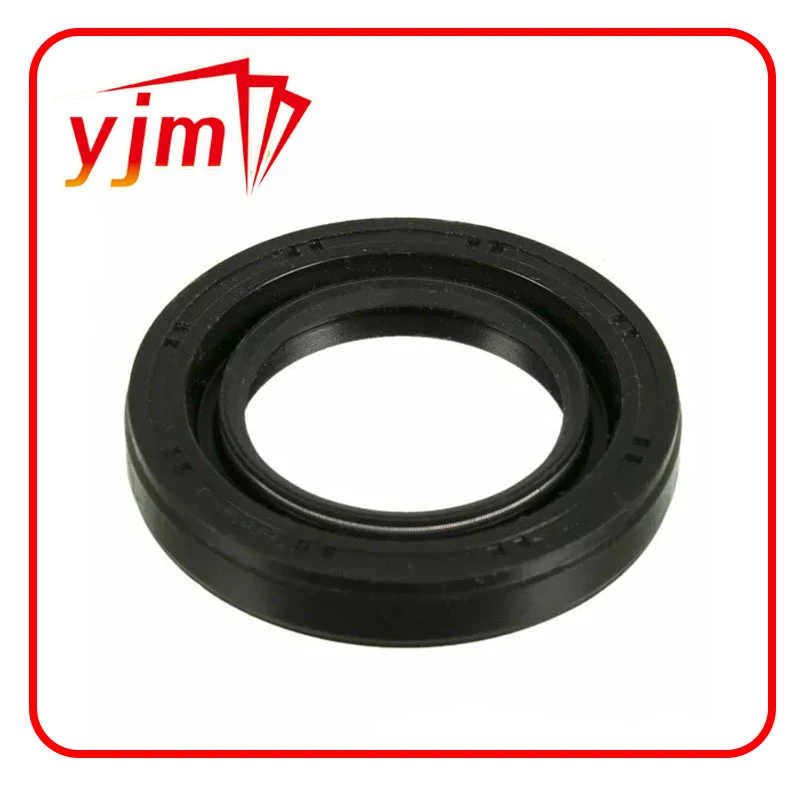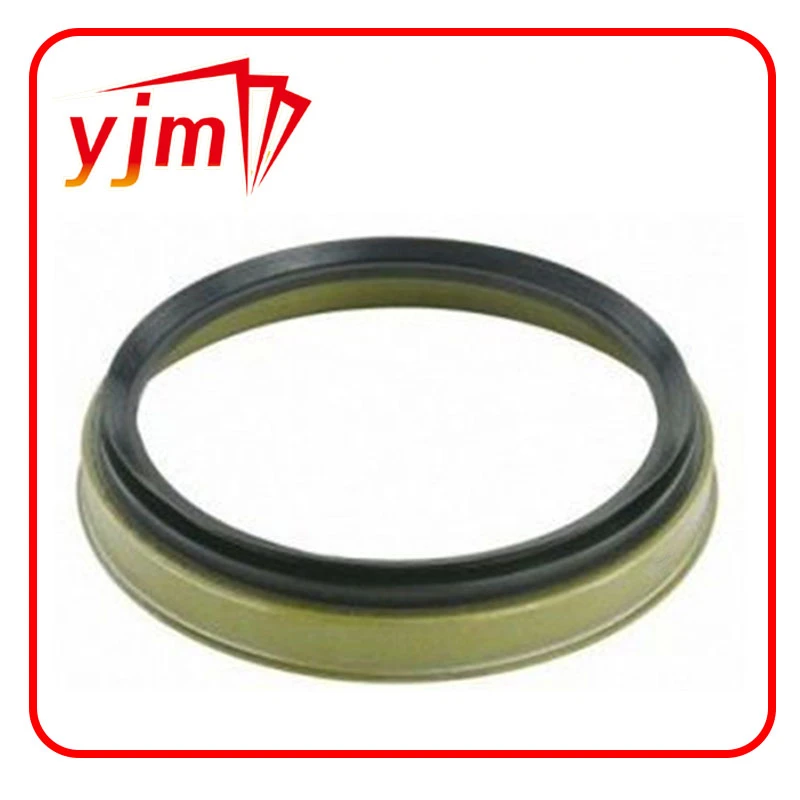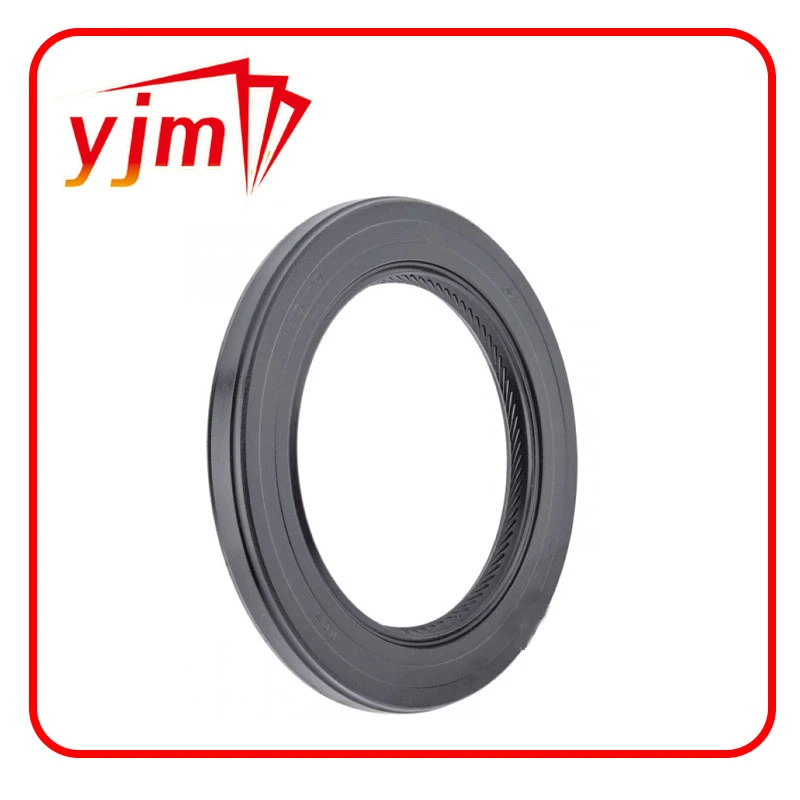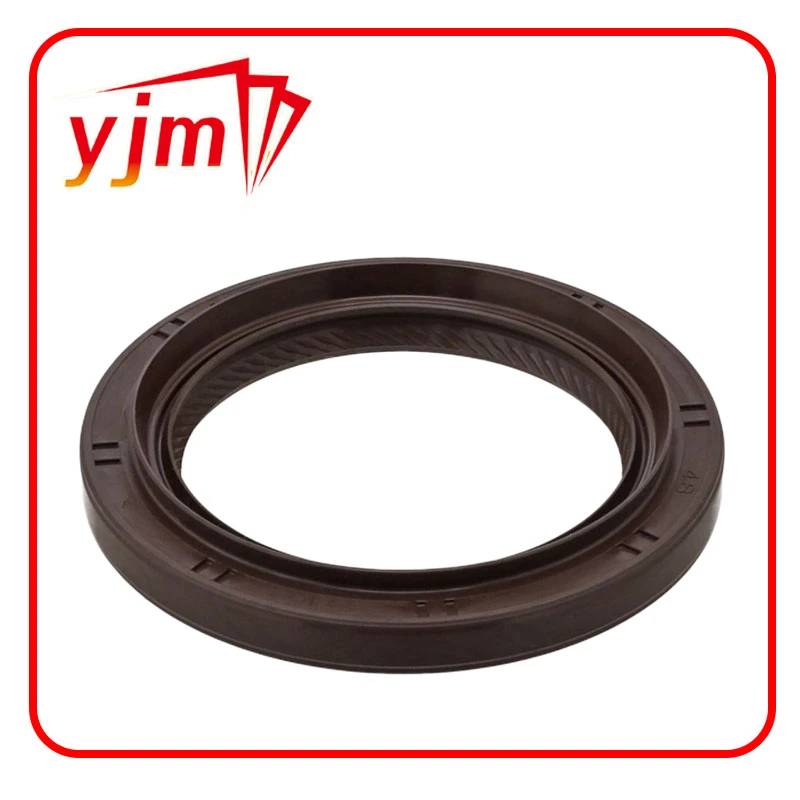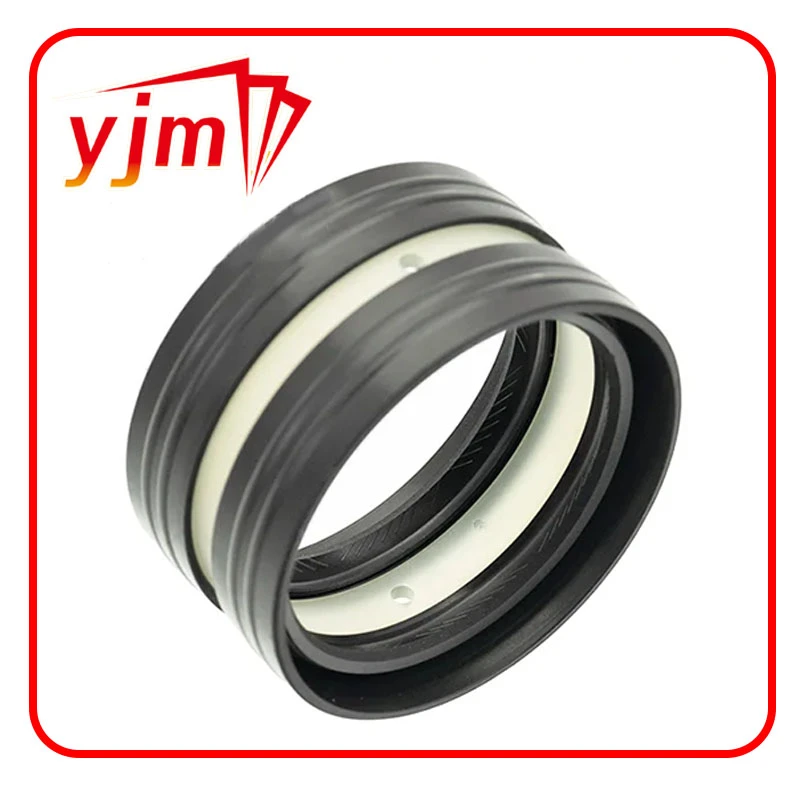Choosing the Right Crankshaft Oil Seal for Optimal Engine Performance and Longevity in Your Vehicle
The Importance of Crankshaft Oil Seals in Engine Performance
The crankshaft oil seal is a critical component in an engine's design, responsible for preventing oil leaks and ensuring optimal performance. This seemingly small yet significant part plays a vital role in maintaining the integrity of the engine's lubrication system, which is crucial for the longevity and efficiency of any vehicle.
What is a Crankshaft Oil Seal?
The crankshaft oil seal is a rubber or synthetic seal located at the front and rear of the crankshaft. Its primary function is to seal the gap between the crankshaft and the engine block, thereby preventing engine oil from leaking out. This seal also keeps contaminants such as dirt and dust from entering the engine, which could lead to further wear and tear on the internal components.
The Function and Importance of Oil Seals
Oil seals prevent oil loss, ensuring that the engine maintains proper lubrication. Adequate lubrication is essential for reducing friction between the moving parts of an engine, which can lead to overheating and potential engine failure if not managed correctly. Additionally, a well-functioning crankshaft oil seal guarantees that the engine operates at the right pressure, enabling it to perform efficiently under various conditions.
Moreover, crankshaft oil seals are designed to withstand high temperatures and pressures, which are common in a running engine. They must resist wear and deformation to maintain their sealing capabilities over the lifespan of the vehicle. When a crankshaft oil seal fails, it can lead to significant engine damage due to oil leaks, decreased lubrication efficiency, and exposure of internal components to harmful contaminants.
Signs of a Failing Crankshaft Oil Seal
Identifying a failing crankshaft oil seal early is critical for maintaining engine health. There are several warning signs to look for, including
crankshaft oil seal
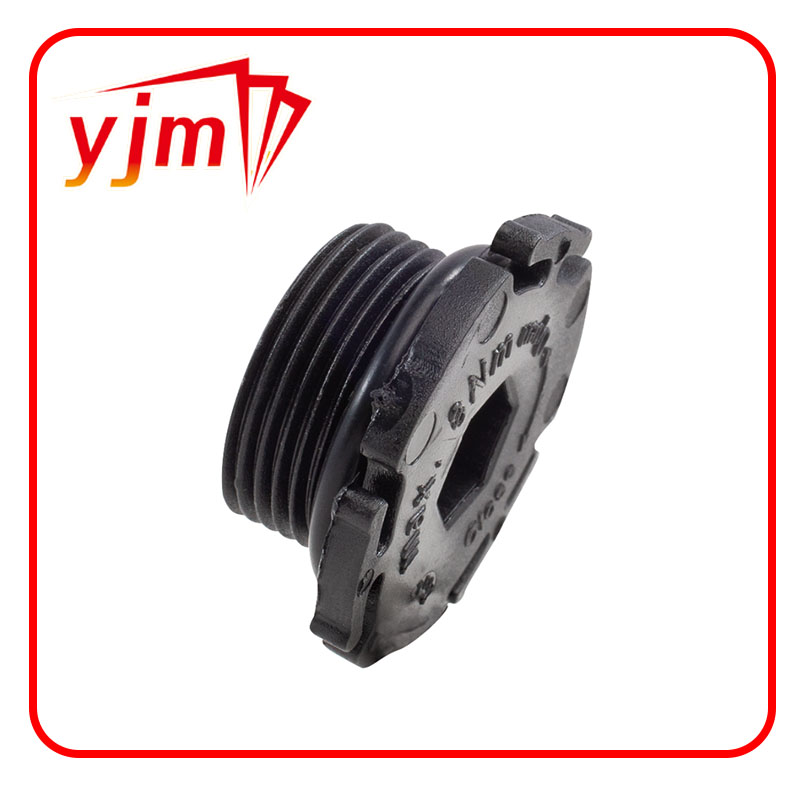
1. Oil Leaks If you notice oil pooling under your vehicle or visible oil splatters around the engine compartment, it may indicate a failing oil seal. 2. Oil Consumption Increased oil consumption, where you find yourself having to top off the oil frequently, can be attributed to leakage from the crankshaft oil seal.
3. Burning Oil Smell If you detect a burning oil odor, it could be a sign that oil is leaking onto hot engine components, which can lead to more serious issues if not addressed.
4. Weakened Engine Performance A malfunctioning oil seal may lead to poor engine performance, including reduced horsepower and acceleration.
Preventive Maintenance and Replacement
To avoid the complications that come with a failing crankshaft oil seal, regular maintenance is essential. Checking the vehicle's oil levels, inspecting for leaks, and adhering to recommended oil change intervals can help ensure the oil seal remains in good condition.
When it comes to replacing a crankshaft oil seal, it is vital to use high-quality parts that are compatible with your specific engine model. A professional mechanic should perform the replacement, as improper installation can lead to additional problems.
Conclusion
In summary, the crankshaft oil seal is an integral part of an engine's operation, playing a key role in the engine's lubrication system and overall performance. Understanding its function and being vigilant about signs of wear can help vehicle owners maintain their engines effectively, promoting longevity and efficiency. Investing time in preventive maintenance and prompt repairs can prevent costly engine damage and ensure smooth driving experiences for years to come.
-
The Ultimate Guide to Boat Propeller Bearings and Trailer Wheel Bearings
News Jul.31,2025
-
The Essential Guide to Marine Bearings and Boat Trailer Wheel Bearings
News Jul.31,2025
-
The Complete Guide to Heavy Duty Seals: Protecting Doors and Spaces Efficiently
News Jul.31,2025
-
Essential Guide to Marine Shaft Bearings and Boat Trailer Axle Bearings
News Jul.31,2025
-
Comprehensive Guide to Marine and Trailer Bearings for Safe Boating and Transport
News Jul.31,2025
-
Comprehensive Guide to Automotive Oil Seals: Protecting Your Engine and Shafts
News Jul.31,2025
-
Understanding Automotive Oil Seals: Essential Components for Engine and Shaft Protection
News Jul.30,2025
Products categories

